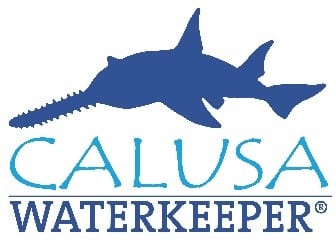by John Cassani

The near-shore ecosystem has lost the equilibrium that sustains it as other marine algal species have bloomed following the red tide and complicating the recovery. Much of this problem is driven by a warming atmosphere and in turn warming surface waters as a result of climate change. Add nutrient pollution to the mix and it’s the fuel that feeds the fire causing more instability and degraded habitat. Algal blooms like we saw this year are likely to increase in frequency and duration. There is no way to put lipstick on this pig. It will take a collective effort and new strategies of all stakeholders to change this trend. Hopefully, our new leaders that emerge from the November 6 election will be up to the challenge and have the political courage to balance policy enabling our fish and wildlife resources to recover. Join us in our effort to make this happen. https://www.facebook.com/CalusaWaterkeeper/
John Cassani, Calusa Waterkeeper
